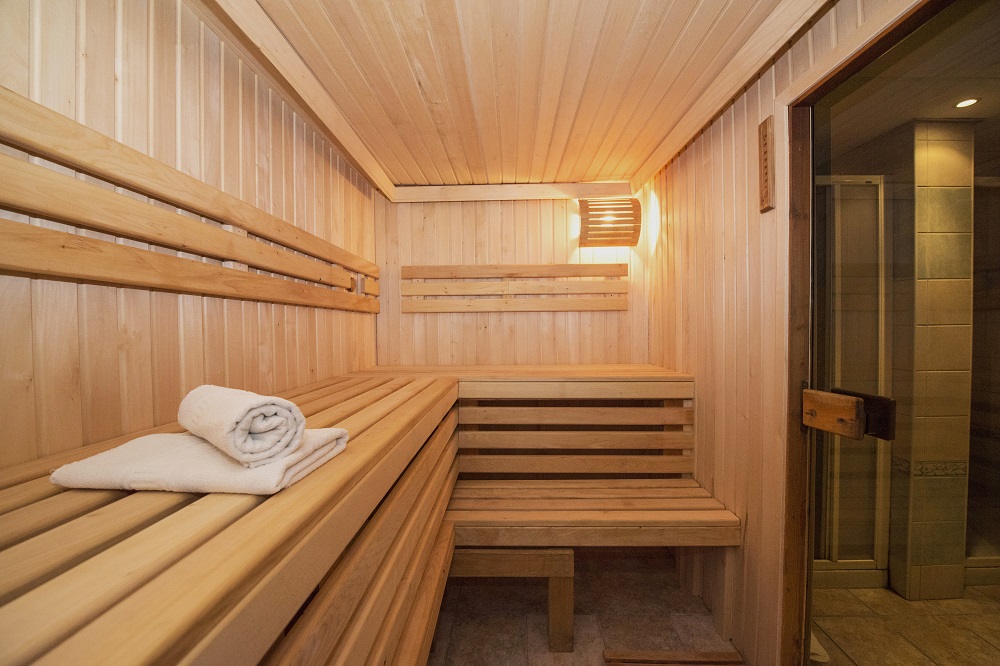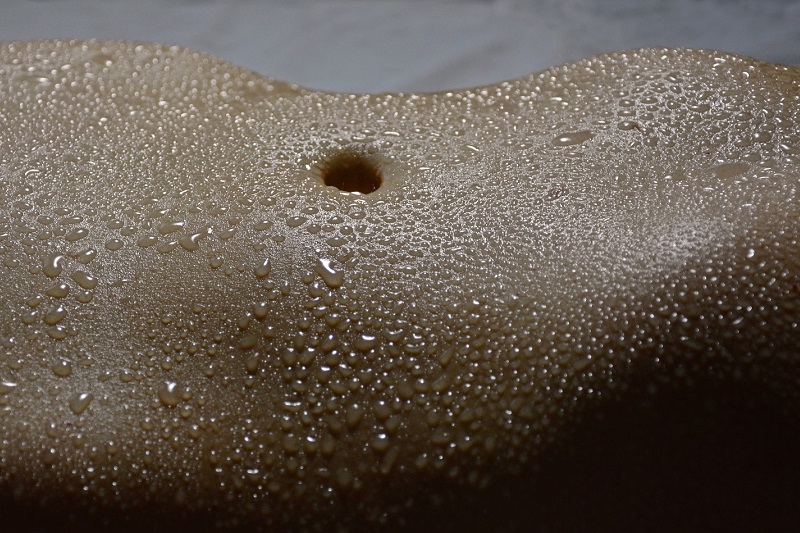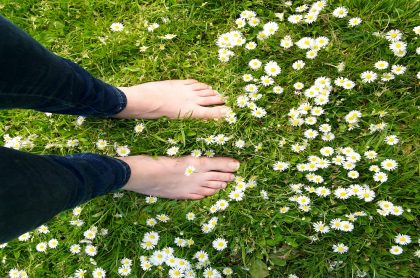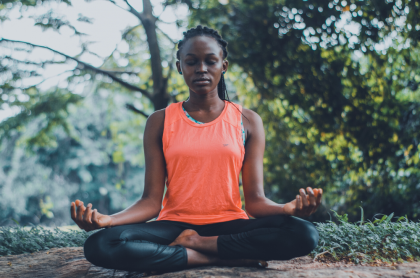Sauna culture – everything about getting your sweat on!

Nothing comes close to a good sauna session – how much do you really know about the ancient tradition surrounding sauna culture and its health benefits?
Sauna culture has been around for thousands of years, with people all across the world, in various countries, spending countless hours sitting around in a small, heated room, with sweat pouring down their bodies. Sounds like fun, right? You betcha!
There are many forms of sauna, with different societies allocating different meaning and association to the ritual of communal sweating – which naturally carries many health benefits as well! Nobody really knows when or where the first sauna was, but traditionally Finland is considered the true home of the sauna. This practice spread across all of Eastern Europe and Scandinavia, and into Russia as well.
Other cultures that made use of various types of sweat rooms as part of sauna culture were the ancient Romans (which evolved into the Turkish hamam), the native Americans with their sweat lodges that provided a spiritual experience, and even Far Eastern cultures in Korea and Japan having their own versions of sweat chambers. Some research even indicates that the Mayans used sweat therapy up to 3,000 years ago!
The basic premise of all types of sweat room is the same – the small chamber (usually made of wood if it’s a sauna and marble / tiles if it’s a steam room) is heated up, with people sitting on benches in the room for 5-15 minutes on average.
Once leaving the sauna, it’s typical to cool down the body quickly by getting into an icy-cold plunge pool or taking a cold shower for about a minute. Many people cycle through hot / cold several times, amid claims that it has increased health benefits.
Let’s take a look at how taking part in sauna culture has super benefits for your heath, regardless of whether you’re in a regular sauna or a steam room:
Improving your circulation and cardiovascular system
Studies have found that sitting in a sauna can improve your circulation as the body’s blood vessels dilate and expand, leading to increased blood flow around the body and more oxygen being delivered more efficiently. In addition, one’s heart-rate increases as does body temperature, leading to a simulation of moderate exercise and burning of calories.
Furthermore, research has found that people who use sauna on a regular basis suffer lower risk from dying of cardiovascular disease and some studies have found a connection between sauna use and lower blood pressure. A recent European Journal of Preventive Cardiology report from 2018 on 100 test subjects found that after 30 minutes in a sauna, both systolic and diastolic blood pressure decreased.
Pain / stress relief
The improved circulation can have an effect on lowering inflammation levels in the blood, lessening muscle soreness, boosting joint flexibility and easing pain from arthritis – all similar to a pre-workout warm-up. In addition, the heat has a relaxing and soothing effect, helping the body release endorphins and ‘feel good.’ Steam rooms, in particular, can also lower the amount of cortisol (the hormone released in response to stress) in one’s body.
Easing of respiratory conditions
The dry air in a sauna has been reported to be a boon for asthmatics, who may experience a decline in the amount of wheezing they suffer. The steam room is good for those suffering from sinus conditions – as the heated steam helps to clear congestion in the nasal cavity and loosen phlegm.
Detoxing your body via sweating
The increased sweat produced while sitting in the sauna, which leaves the body via the increased size of the skin pores, also cleanses the body of all the toxins hiding in said pores, leading to smoother skin. This is where the application of cold water comes in – following the session the cold water helps the skin pores contract back to their normal size.
There are several safety precautions that you need to take when taking part in sauna culture, though moderate use appears to be risk-free for most people:
- Make sure you drink plenty of water both before going into the sauna and after your session. People have been known to lose several pints of water via sweat.
- Don’t drink alcohol before or during sauna use, since alcohol helps to dehydrate the body.
- As mentioned above, saunas can cause a decrease in blood pressure, so people who have low blood pressure need to take special care when using.
- Children should be supervised during a sauna session and children under the age of 6 shouldn’t use one at all.
Clearly, sauna culture has held a very high place all throughout history, across the world and in various cultures. It should definitely be something that you add to your weekly routine, as even a session once or twice a week can have health and mindset benefits!
Similar articles
-
Natural ways to get rid of garden pests for a green garden
inLooking for some natural ways to get rid of garden pests? It’s not that difficult – I’ll guide you on which substances you should be using
-
Getting married? How to choose the best fitness coach!
inYou find a girl on Instagram. She has your DREAM body. You follow. You obsess. You want her every secret because if SHE has that body, SURELY she can help YOU get that body for your wedding. Right? WRONG!
-
Adaptability is the real way to reduce stress
inI just can’t stand hearing the word ‘stress’ anymore – nearly every health problem is connected to stress and doctors and patients alike both talk about it. In this article, we’re going to discuss how to reduce stress
More in Health
-
Do you really need supplements for a healthy lifestyle?
inMany people regularly ask, “do I really need supplements for a healthy lifestyle?”, and if so, which are the best ones to take?
-
Biohack: how to reap the top health benefits of grounding!
inI’m sure you’ve all heard of grounding, it’s been quite the buzz word recently. But what is it, really, and what are the health benefits of grounding?
-
Discover the power of conscious deep breathing on your health
inBreathing is something the body does without any conscious effort, but the power of conscious deep breathing is definitely no joke!


















